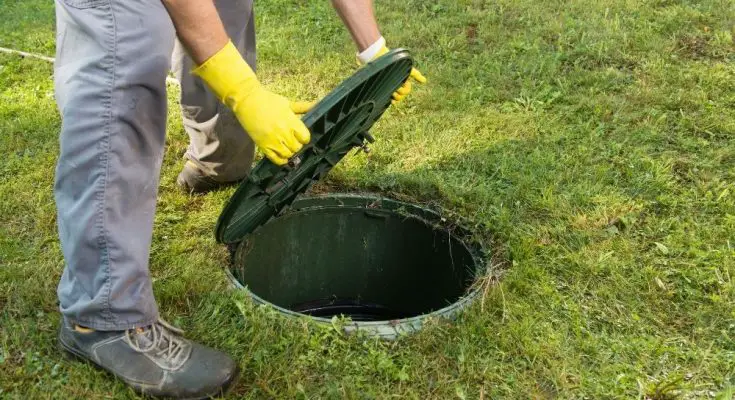One of the most underappreciated advancements throughout human history has been our sewer systems. There’s a reason for that, though. If you don’t have to think about a process such as this one, that means it’s doing its job. However, these systems weren’t always as effective as they are today. For us better appreciate what we’ve accomplished as a society, we’ll need to look back and go over a brief history of sewage systems.
Ancient History
Before humans became civilized, we relieved ourselves like any other animal, and the waste would naturally work its way back into the soil. After we started to build homes and towns, removing our waste became a problem that we needed to figure out. Fortunately, finding a solution didn’t take long. One of the oldest known sewage systems goes as far back as 4000 BCE. Towns in Mesopotamia had a system of clay pipes used for excrement removal. They used rainwater to help waste move through the pipelines and to a more discrete location.
Many civilizations continued to use their own versions of this, and it wasn’t until around 1700 BCE that Ancient Greece created some more advancements. They were the first society to put their sewer pipes underground, and there is even evidence of a working flushable toilet.
Middle Ages
While germs weren’t discovered until after 1600 AD, people still knew that hygiene was essential to remaining healthy. That’s why many nations in the Middle East started installing faucets with running water in their bathhouse. They were intended for use after a person finished relieving themselves. These eventually become what we now know as sinks.
While sinks aren’t exactly a part of the sewer system, we wanted to point out that they existed before getting into the regression made in Europe during medieval times. For whatever reason, most sewer systems during this time ran aboveground, more like a modern-day gutter. People finally covered the sewers after a period of their being open for all to see—not because of how unhygienic they were, but more so due to the stench. No wonder plagues ran rampant during that time!
Modern Era
Even though we’ve focused on how impressive some of society’s sewage systems were in the past, most towns and cities didn’t have a good way of getting rid of their waste until the Industrial Revolution. Before that, they either had a system like medieval Europe did, or they disposed of it in rivers and streams, which were usually the ones they drank from as well. As Sir John Herington’s invention of the flush toilet became more widespread and underground sewer systems became a staple of civilization, people grew more hygienic and less likely to contract a bowel-related disease.
Nowadays, we even have sewage treatment plants and manholes that allow us to better control how our waste gets handled. Most of you probably don’t even realize how important something as small as a manhole cover can be to the proper functioning of our sewer system. If you are one of those people, hopefully, our brief history of sewage systems has shown you how crucial sewers are to the existence of our modern society. Also you can prefer Soakaway Crates that play a vital role in preventing flooding by maintaining water levels in your drains.



